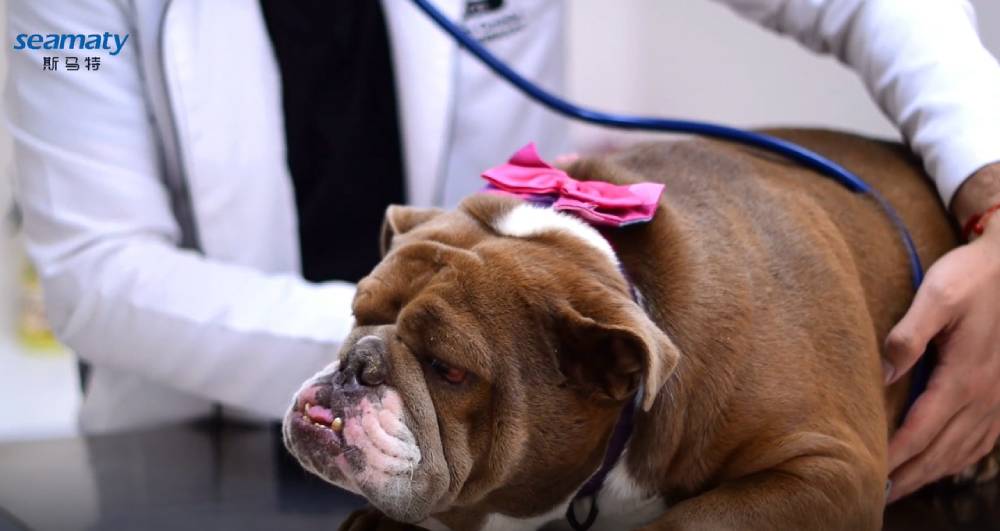In the previous article, we learned about the possible effects of the age and sex of the animal on the biochemical results. This article will take you through the possible effects of the animal's diet, mental status, and exercise status on biochemical results.
Diet of the animal
Diet affects a variety of substances in the blood. For example, the concentrations of glucose (GLU), triacylglycerol (TG), ALP and phosphorus. Eating a high-protein diet one day before the blood draw can result in high urea nitrogen (BUN) and uric acid (UA) results. The increase in lipid concentrations in the blood, especially TG, after eating can lead to a milky cloudy serum, which can interfere with biochemical measurements. This may result in high results for bile acids, proteins, calcium and phosphorus. The results of amylase measurements are low.
However, if the animal is fasted for more than 16 h, the serum albumin (ALB) and GLU concentrations are reduced due to excessive starvation. Serum bilirubin increases due to reduced clearance.
In general, blood should be drawn 4 h after the animal has eaten. In principle, lipid tests should be performed after 12 h of fasting.
Emotional factors
Transportation and handling of animals can cause stress, which affects the nervous and endocrine systems of the body. This leads to an increase in the secretion of endogenous corticosteroids in the animal's body. This leads to alterations in the animal's blood picture and increased concentrations of serum non-esterified fatty acids, lactic acid and blood glucose. This is particularly evident in cats.
Therefore, the pet should be calmed and quieted prior to blood collection to avoid stress in the animal that could affect the accuracy of the results.
Exercise of the animal
Intense muscular exercise can significantly affect body metabolism. This causes a rapid decrease and subsequent increase in serum non-esterified fatty acids. As animals breathe rapidly during exercise, the partial pressure of CO2 decreases and the pH value increases.
Participation in exercise increases the release of myocyte enzymes and causes an increase in serum CK, aspartate aminotransferase (AST), LDH and ALP concentrations.
To minimize the effect of exercise on test results, blood should be drawn from hospitalized animals in the early morning. Strenuous activity such as playing, frolicking, and running and jumping with pets should be avoided before drawing blood from pets seen in the outpatient clinic. The animal should be allowed to rest for at least 30 min after strenuous activity before blood is collected.
In addition to the animal itself, the veterinarian's practice may also have an impact on the biochemical results. For example, the position of blood collection, blood sampling method, specimen delivery, the influence of drugs and so on. We will take you through these possible factors in the next article.




